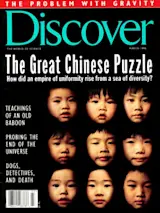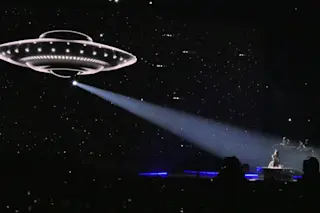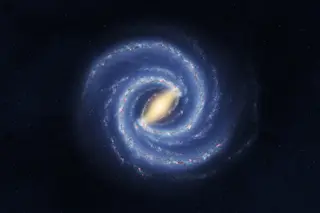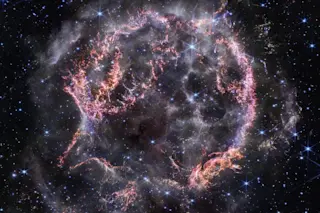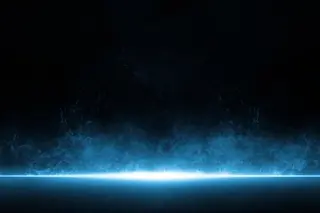If Barbara Ryden is right, in a few years she’ll know the answer to one of nature’s greatest riddles: How will the universe end?
What lies ahead for the universe? Will it expand forever, all its matter thinning into cold, dark wisps? Or will the cosmos eventually collapse into a Big Crunch? The answer hangs on whether the universe contains enough mass--and thus gravity--to slow and reverse the expansion. Unfortunately, astronomers can’t directly measure the total mass of the universe--most of it appears to be in the form of dark matter. Yet this obstacle doesn’t deter Barbara Ryden, an astronomer at Ohio State University. By the decade’s end, when an upcoming sky survey will have given her the data she needs, she should be able to foretell the future of the universe.
Her secret? Ryden believes a long-overlooked idea from cosmologists Bohdan Paczy´nski of Princeton and Charles Alcock of Lawrence ...


